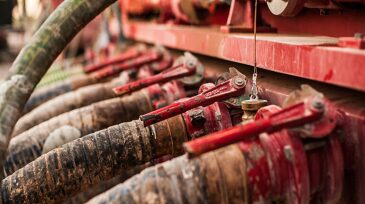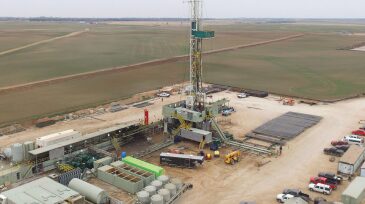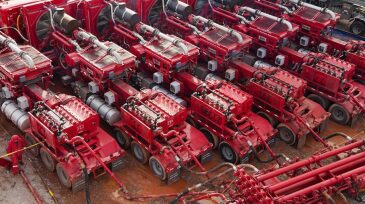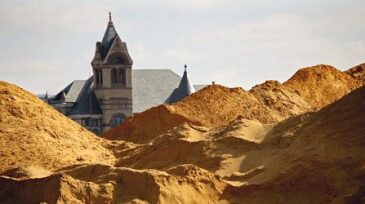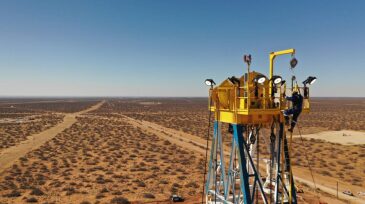Hydraulic Fracturing Content Feed
-
While many shale producers are racing to cut costs by removing crews from the field, ExxonMobil and Chevron stood out as maintaining large numbers of fracturing crews.
-
When engineers went searching for clues on how fractures move beneath the surface, they expected to uncover important learnings. They did not know they were on the path to a new invention.
-
Shale producers are pulling completions crews out of the field to respond to the recent price crash, but the contraction has only begun.
-
The ruling comes after a 4-year legal battle between Winona County commissioners and Minnesota Sands, a local company that claimed the 2016 ban was an unconstitutional limitation on interstate commerce and amounted to the government taking its property without compensation.
-
Led by Texas and New Mexico, year-over-year crude output jumped by 11% according to the US Energy Information Administration. Going forward, new records will be set but at a slower pace.
-
In this episode, we discuss some of the latest research and emerging techniques that were shared at the industry’s leading hydraulic fracturing gathering earlier this year.
-
Sometimes problems turn out to be an opportunity to try something new. In this case, the result was a well design unlike anything most in the shale sector have seen before.
-
High-tech testing is playing a bigger role than ever in helping shale producers reduce the time needed to screen out bad ideas.
-
The two oilfield service leaders serve as critical bellwethers for the health of North America’s upstream sector, which is under pressure to consolidate and generate free cash flow.
-
The shale sector is seeking answers to a complex issue involving casing deformations that block access to long sections of a lateral. As opposed to frac hits, this rising problem is considered to be an intrawell phenomena.

